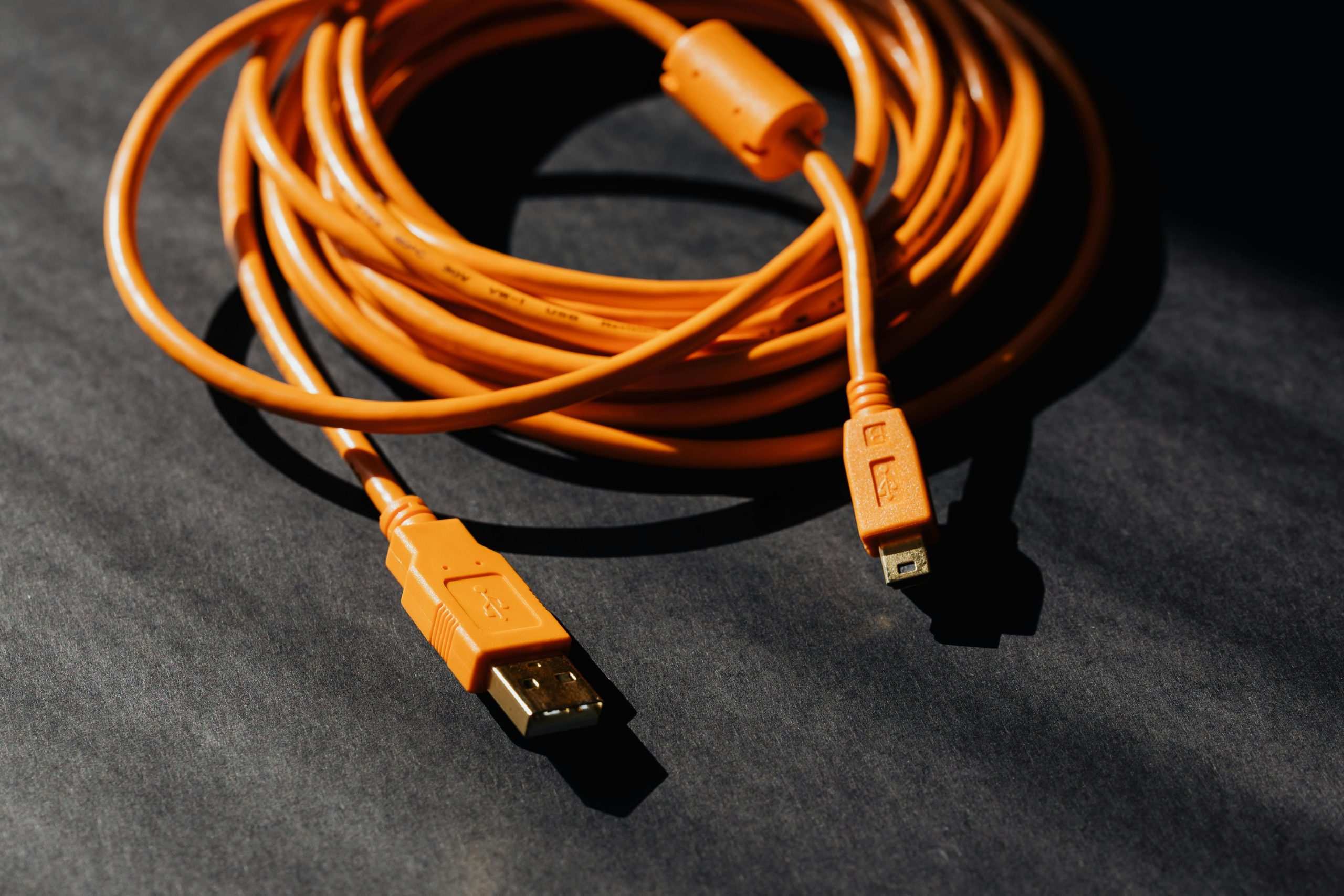Understanding Water Damage Effects on the Samsung Galaxy S22 Ultra: Battery Charging Issues Despite Functional Data Transfer
Water exposure can cause complex and sometimes perplexing issues in smartphones, even after efforts to repair and troubleshoot. In this article, we explore a real-world scenario involving a Samsung Galaxy S22 Ultra affected by liquid damage, where the device functions normally for data transfer but exhibits charging problems.
Case Overview
The owner’s Galaxy S22 Ultra experienced water damage, yet the device remains powered on and functional. Notably, the phone’s USB-C port enables data transfer without issue, indicating that the port itself and the data lines are likely intact. However, despite these positive signs, the device refuses to charge the battery, even via wireless charging.
Initial Repairs and Troubleshooting
The owner replaced the battery and the USB-C port, suspecting these components as potential faults. These steps are common in addressing charging issues, but the problem persists: the device recognizes the charger when plugged in, and data transfer remains unaffected. This suggests that the power delivery circuitry may have been disrupted or damaged by water exposure.
Possible Causes of Charging Failure
Since the hardware replacement did not resolve the issue, further investigation into the device’s internal circuitry is warranted. In water-damaged electronics, corrosion or short circuits often involve capacitors, resistors, or other passive components on the motherboard. Specifically, a shorted capacitor could interfere with power management, preventing the battery from charging despite the presence of the charger connection.
Next Steps for Diagnosis
To identify the root cause, technicians should undertake a detailed inspection of the charging circuitry. Key areas to examine include:
- Power Management IC (PMIC): Assess for signs of corrosion or damage that might inhibit charging functions.
- Capacitors and Resistors: Check for shorts or corrosion, especially those associated with the charging pathway.
- Battery Connection Circuit: Verify continuity and integrity of the connections to ensure proper power flow.
- Other Components: Inspect for visible corrosion, lifted pads, or damaged traces resulting from water ingress.
Using tools such as a multimeter and magnification equipment, a technician can test individual components for shorts or open circuits. Additionally, employing specialized board view diagrams can expedite troubleshooting.
Conclusion
Water damage in smartphones can lead to subtle yet impactful malfunctions, especially in power management systems. When a device like the Samsung Galaxy S22 Ultra retains data transfer capabilities but refuses to charge, suspect internal circuit damage—potentially a shorted capacitor or
Share this content:



